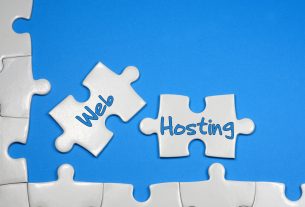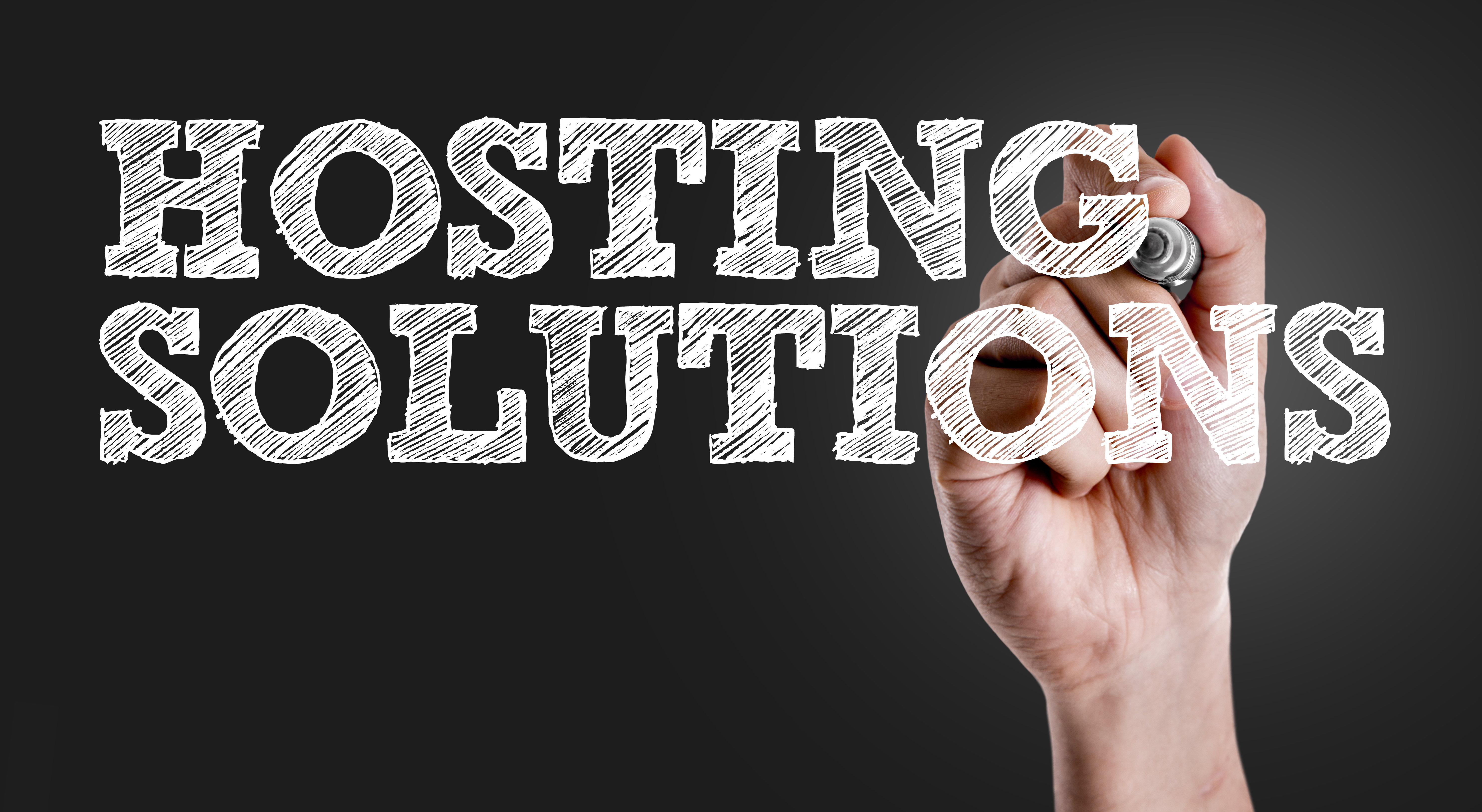So you want to set up your website, but you don’t want to pay for web hosting.
If you’ve got a good enough internet connection and the hardware to spare, why not do it yourself with your own home server?
Not only can it save you money on hosting costs, but it can also give you far more choices to decide on the software your server can run.
Let’s run through how to create your own server at home for web hosting.
Choose Your Hardware
If you’re planning on hosting a website, the first stage of knowing how to build a website server is choosing hardware capable of hosting it.
Consider your potential usage requirements first. How many users do you expect to serve? Will you need a lot of storage space or processing power?
The good news is that if your budget is limited (or non-existent), you don’t necessarily have to purchase any additional equipment. An old PC may adequately run the software you need for your web server.
Beware, however, the power requirements that an older PC might need, especially if you’re planning on running your server for 24 hours a day.
Choose Your Operating System: Linux or Windows?
With hardware in place, your next choice when deciding how to build a server for your website is choosing your operating system. You have two realistic choices to choose from – Microsoft Windows or Linux.
It’s estimated that nearly 70% of servers on the web currently run Linux. The reasons why can vary, but cost considerations and the ease with which these servers can be customized play a big part.
If you’d rather run a Windows web server, you’ll need to pay for a Windows license. Linux, by comparison, is free and open source and can be far more customizable than a typical Windows server installation would be.
Linux servers are also a more secure option, with far fewer malware opportunities for hackers to exploit. There are many cheap Linux VPS to choose from in the market, so consider that option too. When engaging in custom software application development, this security aspect is particularly crucial.
That doesn’t mean they’re invincible, however. Much will depend on keeping your software up-to-date, and your server properly configured, regardless of which operating system you choose to use.
Is Your Connection Suited for Hosting?
DIY web hosting requires an internet connection that’s suitable for web traffic. Your download and upload speeds are important here – residential internet connections may offer a high download speed, but a low upload speed.
How fast you can ‘upload’ your website data to each user who visits your site will depend on this speed. The number of users who can access your site at the same time will have to share this connection, too.
Test your internet connection using speed testing tools like this one to determine your current speeds. You should also confirm with your ISP whether you have any data limits on your connection.
If your ISP caps your data usage or throttles it back if the usage is too much, you may need to look at changing your provider. Still, there are ways you can consider as solutions if you do not want to change your internet provider; these include Content Delivery Networks (CDNs) and proxy servers.
Set up and Configure Your Server
With your hardware, connection, and operating system ready, you’ll need to set up the software you need to host your site.
This will depend on the operating system you’ve chosen for your server. Windows Server installations can install IIS, the web server add-on. This Microsoft support documentation for IIS gives you step-by-step instructions on what to do. Once you have your server software in place, the next step is to set up your website. This link provides detailed guidance on building a WordPress website, which is a popular choice for many due to its flexibility and ease of use.
If you decide to go for Linux, Apache, Lighttpd or NGINX are three options for you to install. Apache is the most well-known, and you can find out how to install it here. You can also install Apache on a typical Windows installation, too.
You may need to open up ports on your home router and firewall to allow your web traffic to pass back and forth from your web server. Ports 80 and 443 are the most essential for web traffic, so be sure these aren’t blocked.
If you need help in opening up ports on your router, this guide should help you get started.
Once the server is set up and configured for web traffic, check it works by visiting your server on a web browser. Most servers will come with a test page that will display once it’s loaded. You can replace this with your website files afterward.
You’ll need to get to grips with the best tools to configure and maintain your web server. Here are some suggested tools for system administrators that you should look to make use of.
Set up Your Domain Name and Check It Works
Once your server is configured for access from users on the internet, your final step is setting up a domain name to allow your users to find you.
Before you do, users will only be able to visit your site by typing in your web server’s external IP address. Rather than a series of numbers, you’ll want an easy-to-remember address for your users to type in.
You’ll need to purchase a domain name from a domain registrar, but you can register for a free subdomain from a service like No-IP if you’d prefer. If your business is going through a rebranding, this is also a good time to consider updating your domain name to reflect your new brand identity.
With a domain (or subdomain) available to you, you’ll then need to set up the relevant DNS entries for your domain to point to your server’s IP address. Your registrar will have their own instructions on how to do this.
After a few hours to allow the changes to take effect, use a tool like WhatsMyDNS.me to confirm your server is ready.
Know How to Create Your Own Server at Home for Web Hosting the Right Way
Knowing how to create your own server at home for web hosting means you’re ready to take control.
It can be a cost-effective way to host your site, with the added bonus that your data remains in your hands, not in the hands of an off-site hosting provider. You don’t have to worry about the type of website you host on your server, either. However, if creating your server at home seems too time-consuming, you can still get affordable and secure hosting utilizing a virtual private server – deployed in minutes with hourly billing.
For those audiophiles looking to create their own server at home not just for web hosting, but also to manage an extensive collection of high-quality audio files, exploring SoundHub can provide valuable tips and reviews for setting up the perfect audio and sound system.
Want to run a basic HTML page or a complex CMS like WordPress? You’ll be able to run either – as long as you configure your server correctly.
If you’re DIY hosting your website, use our web monitoring tool to keep an eye on your website uptime, day or night. Register today for a free account to get started!




